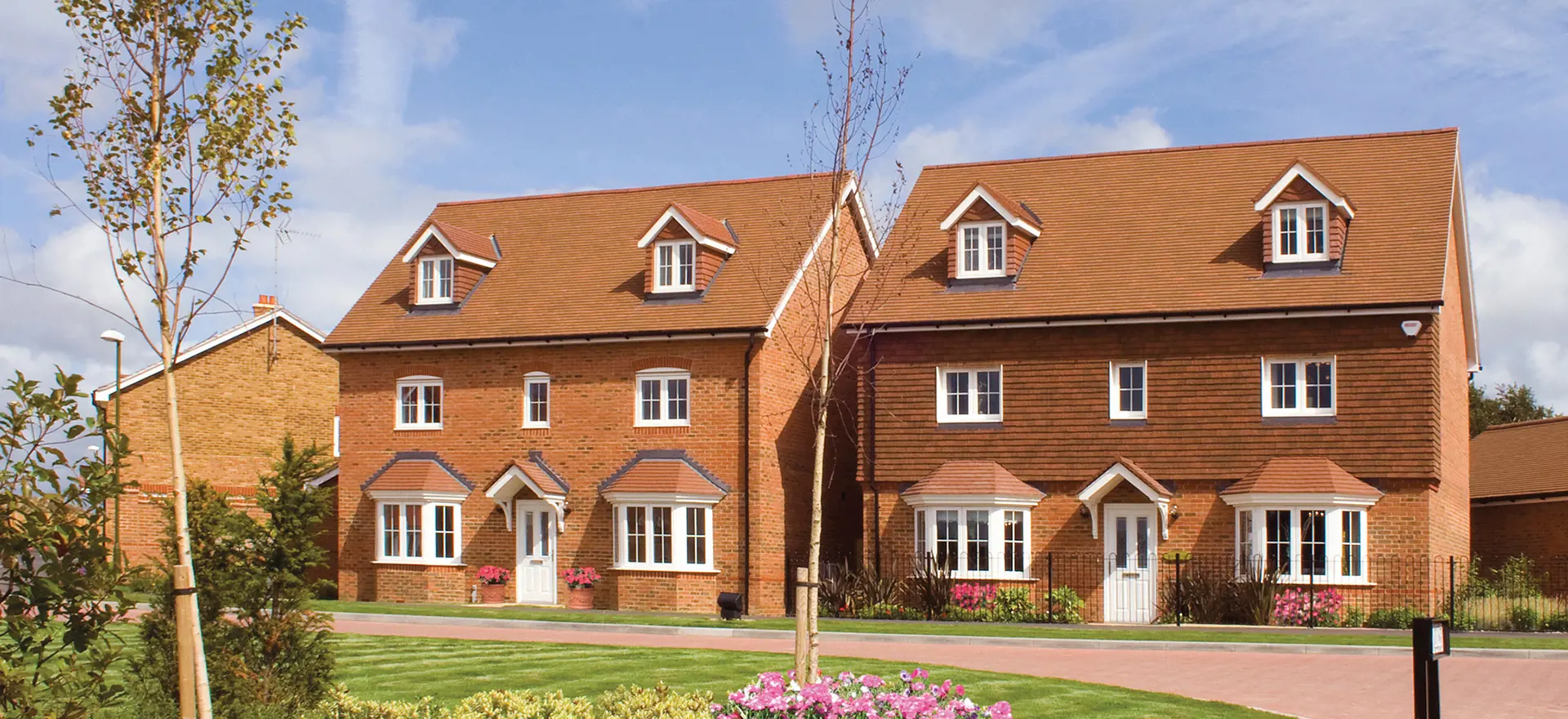The Government has set out its stall for tackling the housing crisis, as emphasised most recently by the
new revised National Planning Policy Framework (NPPF), which whilst covering all land use planning matters, was nevertheless firmly focused on boosting housing supply.
But new housing doesn’t just address the housing crisis. It has an economic benefit too. Lichfields was commissioned to undertake research on behalf of the Home Builders Federation (HBF) to quantify the economic contribution of house building, and in particular, quantify the ‘economic dividend’ that could be realised by delivering the Government’s broad ambition for c.300,000 new homes per annum. Our analysis updated a similar report we prepared for the HBF in 2015.
Our 2018 report - The Economic Footprint of House Building in England and Wales – was launched on the 24th July, the same day Government finally released the new NPPF.
Our report details the key economic implications and benefits of new house building activity within England and Wales. It highlights how the delivery of 224,000 new homes last year in England and Wales resulted in significant contributions:

- The investment and expenditure spent on new land for housing development amounted to nearly £12 billion (£11.4 billion in England and £500 million in Wales).

- In 2017/18 house building generated £38 billion of economic output to the Great Britain economy.
- The number of people directly employed in the construction of domestic buildings in England and Wales equated to 239,000 in 2016. The majority of these jobs (224,500 or 94%) are based in England, with the remaining 14,500 (6%) based in Wales.

- The industry contributes to the Exchequer through a range of taxes such as Stamp Duty Land Tax, Corporation Tax and Value Added Tax (VAT). The house building industry also provides significant contributions towards infrastructure development and the provision of affordable housing.

- Across England, over £804 million of S.106 contributions are made each year towards funding these facilities and services, with a further £37 million of contributions made in Wales. Financial contributions are also invested in providing education facilities, sport and leisure facilities, community facilities and open space.
- New housing development also offers an opportunity to increase local expenditure as residents spend their money on goods and services in the local area.
But these already will significant benefits will increase further if annual house building was to increase to just over 300,000 to broadly match the Government’s ambitions for England and projections for Wales. This would result in the following benefits:

Our analysis shows that boosting house building will be good for our economy as well as helping to address the housing crisis.
Our footprint report for the HBF builds on Lichfields’ track record of economic impact assessment and support to our clients in helping them to maximise and clearly evidence their contribution to economic growth. Both on individual projects and across their corporate footprint, we work with some of the largest and most successful companies in the property sector including commercial developers, housebuilders, retailers and industry bodies, to help them assess their economic contribution.
To find out more, have a read of our new report and get in touch with Sarah Fabes.










